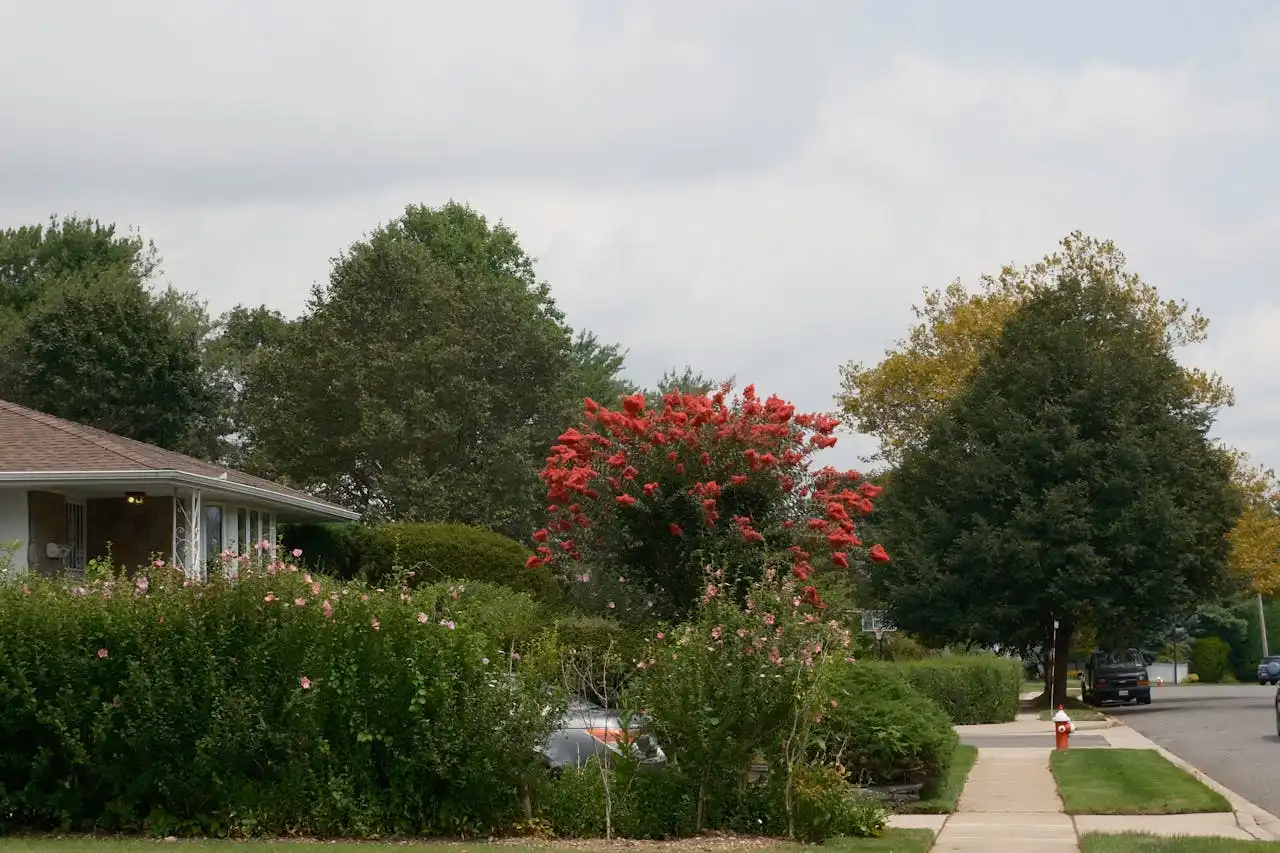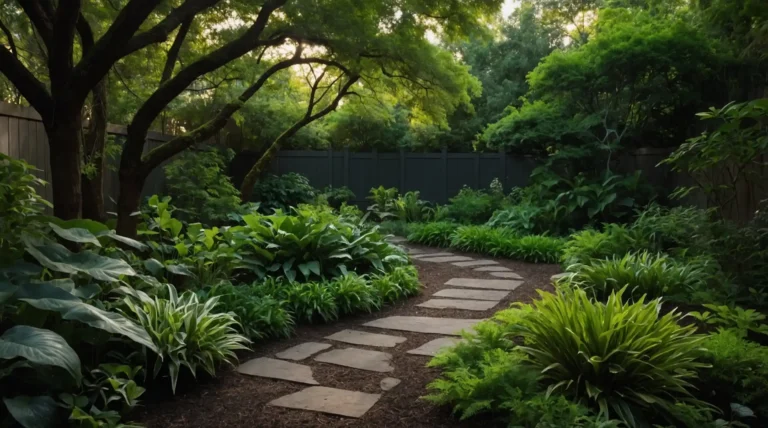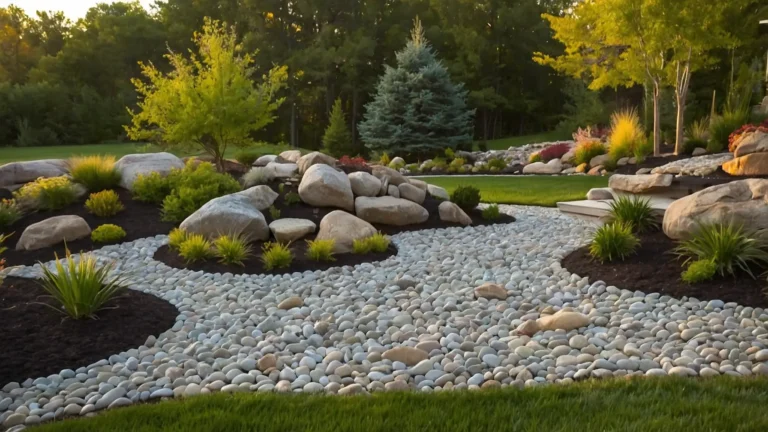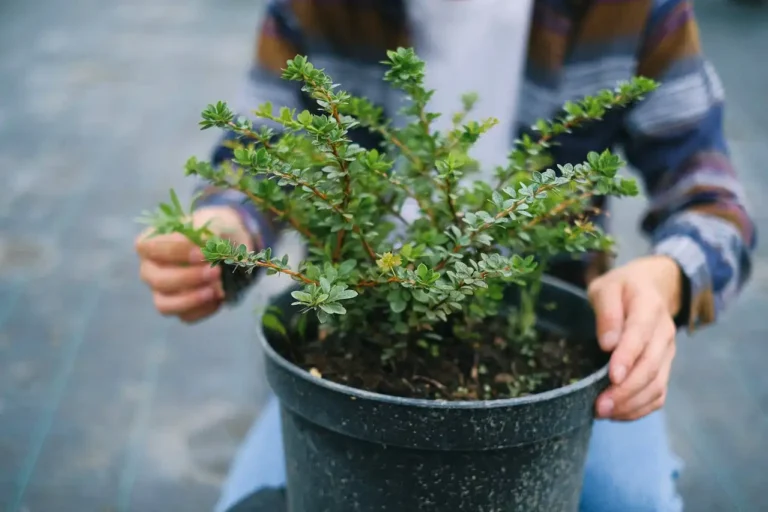Seasonal Garden Checklist: What to Plant and When
You’re standing in your garden, seeds in hand, wondering if you’ve missed the perfect planting window again. Successful gardening isn’t about luck – it’s about timing.
Understanding when to plant different crops and flowers transforms your outdoor space from a hit-or-miss experiment into a thriving, productive garden that delivers fresh harvests and beautiful blooms throughout the year.
Spring: Your Garden’s Grand Awakening

Spring marks the beginning of your gardening year, but rushing into planting too early can spell disaster for tender seedlings.
You’ll need to understand your local frost dates and soil conditions before breaking out your seeds and transplants.
You’ll appreciate their cheerful faces during those unpredictable spring days.
Start by checking your soil temperature with a simple thermometer. Cool-season crops like lettuce, spinach, and peas thrive when soil temperatures reach 40-50°F.
You can plant these hardy vegetables 2-4 weeks before your last expected frost date. Your lettuce will actually prefer the cooler spring weather and may bolt once summer heat arrives.
Prepare your garden beds while you wait for optimal planting conditions. Working wet soil creates compacted clumps that roots struggle to penetrate.
You’ll want to remove any winter debris, add compost or aged manure, and gently work the soil once it’s no longer soggy from spring rains.
Plan your spring flower displays around reliable performers like pansies, snapdragons, and sweet peas.
These cool-weather champions handle light frosts and provide color while you wait to plant heat-loving annuals.
Early Spring Planting: March to April
You can direct sow many vegetables as soon as the soil becomes workable in early spring.
Radishes, carrots, and onions tolerate cold soil and actually prefer germinating in cooler conditions.
Your radishes will be ready to harvest in just 30 days, providing quick satisfaction for eager gardeners.
Start your tomato, pepper, and eggplant seeds indoors 6-8 weeks before your last frost date.
You’ll give these warm-season crops a head start while protecting them from cold outdoor temperatures.
Place your seed trays in a warm location or use a heating mat to encourage germination.
Herb gardens benefit from early spring attention. Your hardy herbs will establish strong root systems before summer heat stress arrives.
You can plant parsley, cilantro, and chives directly in the garden, while tender herbs like basil should wait for warmer weather.
Don’t forget about perennial flowers and shrubs. Early spring offers ideal conditions for planting bare-root roses, fruit trees, and flowering perennials.
You’ll give these long-term investments the entire growing season to establish before facing their first winter.
Late Spring Planting: May to Early June
Once soil temperatures consistently reach 60°F and frost danger passes, you can plant warm-season vegetables like tomatoes, peppers, squash, and beans.
Your transplants should go into the garden gradually through a process called hardening off.
Start hardening off your indoor seedlings one week before planting by placing them outdoors for increasingly longer periods.
You’ll begin with just a few hours in a protected location and gradually increase their exposure to sun, wind, and temperature fluctuations.
Summer flowering annuals like marigolds, zinnias, and sunflowers can finally join your garden party.
These heat-lovers will struggle in cool soil but explode with growth once temperatures warm up.
You’ll enjoy continuous blooms through the hottest months when many spring flowers fade.
Consider succession planting for crops like lettuce, beans, and corn. Plant new rows every 2-3 weeks to ensure continuous harvests rather than a single overwhelming glut.
Your family will appreciate fresh produce throughout the growing season instead of trying to use everything at once.
Summer: Maintaining Momentum and Planning Ahead
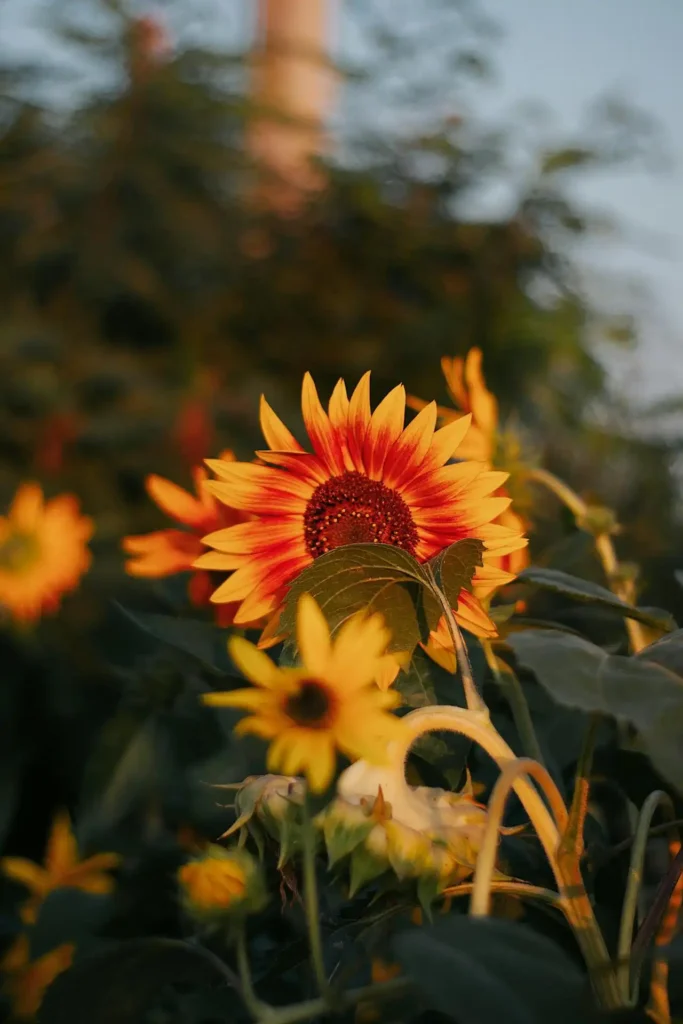
Summer gardening focuses on maintenance, harvesting, and planning your fall garden.
You’ll spend more time watering, weeding, and enjoying the fruits of your spring labor than actively planting new crops.
Heat-tolerant vegetables like okra, Armenian cucumber, and Malabar spinach thrive in summer conditions when cool-season crops struggle.
You can plant these warm-weather champions to fill gaps left by finished spring crops. Your flower gardens need strategic planning during summer months.
Deadhead spent blooms to encourage continued flowering, and start seeds for fall-blooming annuals like cosmos and cleome.
These late-season beauties will provide color when summer flowers begin to fade.
Water management becomes crucial during hot summer months. You’ll want to water deeply but less frequently to encourage deep root growth.
Morning watering reduces evaporation and gives plants time to dry before evening, reducing disease risk.
Mid-Summer Planting: July to August
July marks the perfect time to start your fall vegetable garden. Cool weather improves their flavor and prevents bolting.
You can plant broccoli, cabbage, and cauliflower transplants for autumn harvests when these crops perform at their best.
Start fall lettuce, spinach, and arugula from seed in late July or early August.
These crops will mature during the pleasant temperatures of early fall, providing fresh salads when summer heat makes eating heavy meals unappealing.
Herb gardening continues through summer with heat-tolerant varieties like oregano, thyme, and rosemary.
You’ll enjoy fresh seasonings for summer cooking while these Mediterranean herbs thrive in hot, dry conditions.
Consider planting cover crops in unused garden areas. You’ll till these green manures into the soil before winter.
Buckwheat, crimson clover, or annual ryegrass will improve soil health while preventing weeds from establishing in empty beds.
Fall: Extending the Season and Preparing for Winter
Fall gardening often surprises new gardeners with its productivity and beauty.
You’ll discover that many vegetables taste better after experiencing light frosts, and fall flowers provide stunning color when most gardens are winding down.
Cool-season vegetables planted in late summer reach maturity during fall’s perfect growing conditions.
Your kale, Brussels sprouts, and carrots will develop sweet, complex flavors impossible to achieve during hot summer months.
Extend your growing season with simple protection methods. Row covers, cold frames, or hoop tunnels allow you to harvest fresh vegetables well into winter.
You’ll enjoy homegrown salads while neighbors rely on expensive store-bought greens.
Fall flower gardens showcase spectacular color through chrysanthemums, asters, and ornamental kale.
These autumn beauties handle frost and provide vibrant displays until hard freezes arrive. Your neighbors will admire your garden’s continued beauty while theirs fade away.
Early Fall Planting: September to October
September offers excellent conditions for planting garlic, shallots, and multiplier onions. Plant individual cloves pointed-end up, about 2 inches deep.
These crops require cold winter temperatures to develop properly and will reward you with large harvests the following summer.
Establish new lawns or overspeed existing grass during early fall’s favorable conditions. Tree and shrub planting resumes during fall’s mild weather.
You’ll take advantage of warm soil temperatures, cooler air, and typically increased rainfall to encourage strong root development before winter dormancy.
Plant spring-blooming bulbs like tulips, daffodils, and crocuses during fall months. Choose varieties that naturalize well in your climate.
These bulbs require cold winter temperatures to bloom properly, so you’re essentially investing in next year’s spring garden.
You’ll give woody plants time to establish root systems before summer heat stress, and many nurseries offer sales on container plants as the growing season winds down.
Late Fall and Winter: Planning and Preparation
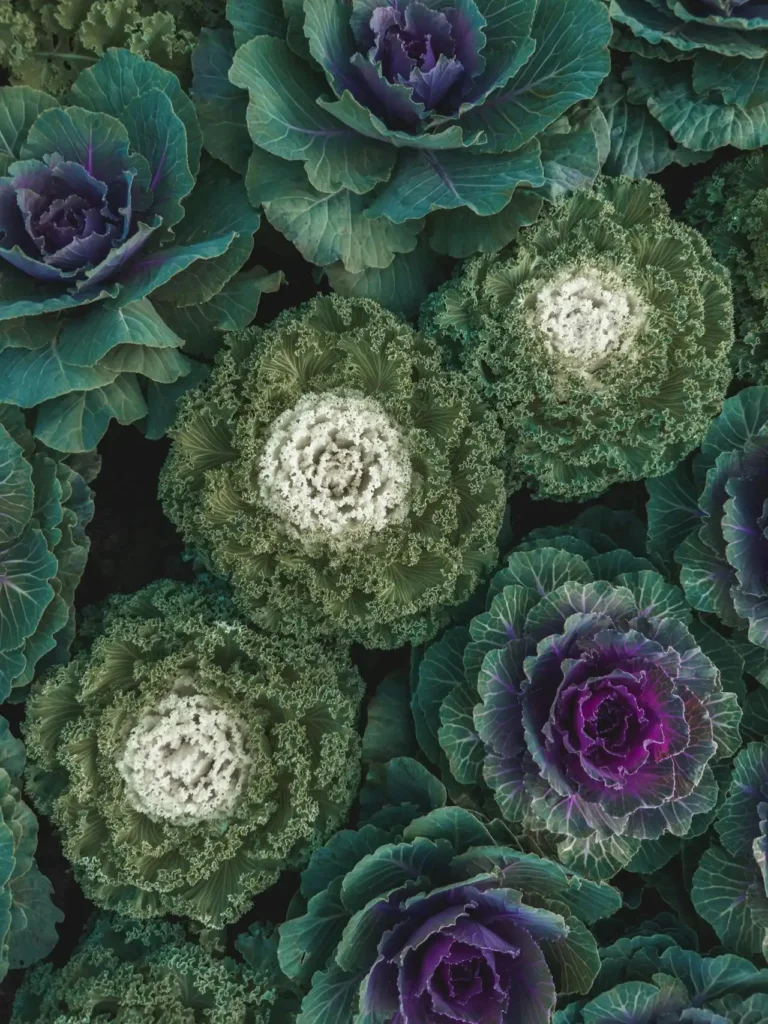
Late fall focuses on garden cleanup, soil improvement, and planning next year’s garden. You’ll protect tender plants from winter damage while preparing beds for spring planting.
Remove diseased plant material but leave healthy debris to decompose naturally. Your future garden will thank you for preventing disease carry-over.
You can compost most garden waste, but avoid adding diseased plants or persistent weeds to your compost pile.
Add organic matter to garden beds during fall cleanup. You’ll give soil organisms time to incorporate these amendments naturally.
Compost, aged manure, or shredded leaves will decompose over winter, improving soil structure and fertility for next year’s crops.
Order seeds and plan next year’s garden during winter months. This planning time often proves more valuable than the actual planting season.
You’ll have time to research new varieties, sketch garden layouts, and take advantage of early-bird sales from seed companies.
Understanding Your Local Growing Zone
Your USDA Hardiness Zone determines which perennial plants survive in your area, but it doesn’t tell the whole story about growing seasons.
You’ll need to understand your local frost dates, rainfall patterns, and soil conditions to optimize planting times.
Microclimates within your property create variations in growing conditions. You’ll learn to work with these variations rather than against them.
South-facing slopes warm up earlier in spring, while low-lying areas may experience frost when surrounding areas remain frost-free.
Record keeping helps you fine-tune planting schedules over time. Note when you plant different crops, when they germinate, and when you harvest them.
Your personal garden journal becomes more valuable than any generic planting guide after a few seasons.
Consider your region’s typical weather patterns when planning. You’ll achieve better results by working with your climate rather than fighting it.
Mediterranean climates allow year-round gardening, while northern regions have distinct growing seasons with long winter dormancy periods.
Common Timing Mistakes to Avoid
Planting warm-season crops too early ranks as the most common gardening mistake.
You’ll lose more plants to cold damage than any pest or disease. Patience pays off when dealing with heat-loving vegetables and flowers.
Overcrowding occurs when gardeners plant everything at once instead of succession planting.
You’ll end up with huge harvests that overwhelm your family’s capacity to use fresh produce. Stagger plantings to spread out harvests over time.
Ignoring soil conditions leads to poor germination and weak plant growth. You can’t plant successfully in waterlogged spring soil or bone-dry summer ground.
Test soil moisture by squeezing a handful – it should hold together but crumble when poked. Forgetting about plant maturity dates causes harvest timing problems.
Your corn might mature during vacation, or tomatoes might not ripen before frost. Calculate harvest dates when planning to avoid disappointment and waste.
Maximizing Your Garden’s Potential
Interplanting compatible crops maximizes space and extends harvests. Your garden becomes more productive without requiring additional space.
You can plant quick-maturing radishes between slower-growing carrots, or grow lettuce in the shade of tall tomato plants.
Use vertical growing techniques to increase planting area. You’ll grow more food in the same footprint while making harvesting easier.
Trellises, cages, and poles support climbing plants while freeing ground space for additional crops.
Choose varieties suited to your specific growing season length. Your local extension office can recommend varieties that perform well in your area.
Short-season areas need quick-maturing varieties, while long-season regions can accommodate slower-developing crops.
Preserve successful plantings through seed saving and division. You’ll develop strains adapted to your specific growing conditions while reducing future seed purchases.
Many heirloom vegetables and perennial flowers reproduce true to type from saved seeds.
Conclusion
Smart timing transforms gardening from guesswork into a predictable system that delivers consistent results.
Master these seasonal rhythms, and you’ll enjoy abundant harvests and beautiful flowers throughout the growing year.

